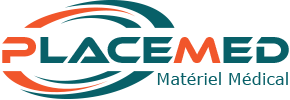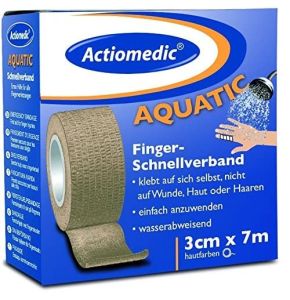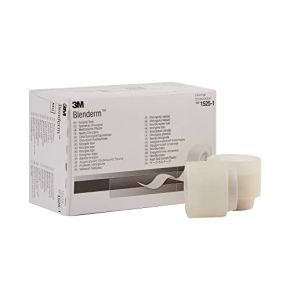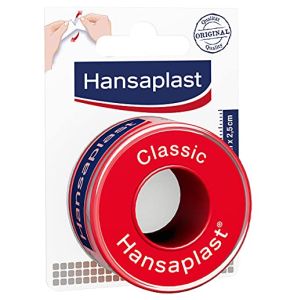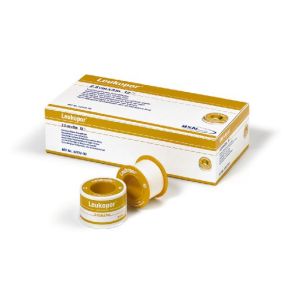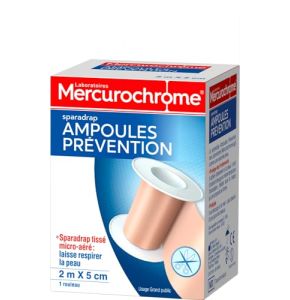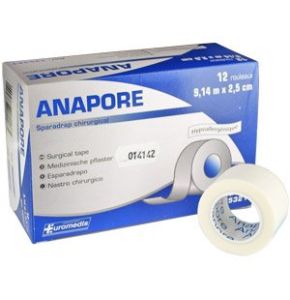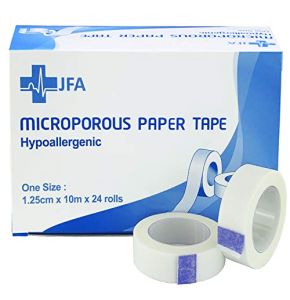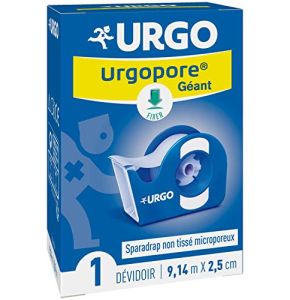Adhesive Tape
18/11/2024 22
18/11/2024 24
18/11/2024 24
18/11/2024 23
18/11/2024 24
18/11/2024 24
18/11/2024 30
18/11/2024 27
18/11/2024 27
18/11/2024 24
18/11/2024 24
18/11/2024 23
18/11/2024 20
18/11/2024 28
18/11/2024 24
18/11/2024 26
18/11/2024 25
18/11/2024 26
18/11/2024 20
18/11/2024 30
18/11/2024 20
Medical Adhesive Tape: Ensure Secure and Comfortable Fixation
Medical adhesive tape is an essential element in the healthcare field. Used daily by professionals, it serves to secure dressings, catheters, and other medical devices to the skin. Choosing the right adhesive tape is crucial to ensure the device's safety while protecting the patient's skin. Inadequate tape can cause irritation, allergies, or may not hold properly. At Placemed, we offer a wide range of medical adhesive tapes to meet all needs. In this guide, we will explore the different types of tapes, how to choose them, techniques for applying and removing them without damaging the skin, how to prevent skin reactions, and the latest innovations in medical adhesive materials.
What Are the Different Types of Medical Adhesive Tape and Their Uses?
There is a wide variety of medical adhesive tapes, each designed to meet specific needs. Knowing the characteristics of each type will help you make the best choice for your patients. Here are the main types and their uses:
- Hypoallergenic Tape: Specially designed to minimize allergic reactions, it is made with soft materials for the skin, free of latex and colophony. Ideal for sensitive skin, it can be safely used on children, the elderly, or patients with skin conditions.
- Breathable Tape: This tape allows the skin to breathe by permitting air and moisture circulation. It reduces the risk of maceration and skin deterioration under the dressing. Recommended for dressings covering large areas or for prolonged use.
- Water-Resistant Tape: Designed to remain adhesive even when in contact with water, it is perfect for patients who need to bathe or for applications where the tape may be exposed to moisture. It ensures reliable fixation in wet conditions.
- Elastic Tape: Thanks to its ability to stretch, it adapts to body movements without detaching. Ideal for joint areas like elbows or knees, it provides strong fixation while allowing freedom of movement.
- Roll Tape: Offering the ability to cut the desired length, it is practical for adjusting the tape size according to specific needs. It is economical and versatile, suitable for various clinical situations.
- Microporous Tape: Very thin and equipped with micro-perforations, it is breathable while ensuring good adhesion. It is particularly suitable for securing delicate medical devices like catheters or probes, reducing the risk of irritation.
Choosing the right type of adhesive tape ensures effective fixation and protects the patient's skin. It is important to consider the specific needs of each situation to guarantee the best possible care.
How to Choose the Right Adhesive Tape for the Patient's Skin and Medical Device?
To select the most suitable adhesive tape, several factors must be considered to ensure comfort and effectiveness:
- Sensitive Skin: For patients with fragile or allergy-prone skin, it is recommended to use hypoallergenic tape. This reduces the risk of unwanted skin reactions.
- Joint Areas: Body areas that move a lot require elastic tape. It adapts to movements without detaching, ensuring continuous fixation of the dressing or medical device.
- Duration of Use: For prolonged applications, prefer breathable tape. It allows the skin to breathe, thus preventing maceration and skin irritation.
- Water Resistance: If the patient needs to bathe or is exposed to humid environments, water-resistant tape is essential to maintain reliable fixation.
- Type of Medical Device: To secure delicate devices like catheters or probes, microporous tape or tape specifically designed for these uses is preferable. It ensures secure fixation without applying excessive pressure.
By taking these factors into account, you can choose the adhesive tape that best meets the patient's needs and the medical device used, thus ensuring safe and comfortable fixation.
What Are the Techniques for Applying and Removing Adhesive Tape Without Damaging the Skin?
Proper application and removal of adhesive tape are essential to protect the patient's skin and avoid unnecessary pain. Here are practical tips to achieve this:
Applying the Tape
- Prepare the Skin: Gently clean the area with mild soap and water, then dry it thoroughly. If necessary, remove excess hair to improve adhesion.
- Avoid Tension: Apply the tape without stretching the skin or the tape itself. Excessive tension can cause irritation or blisters.
- Smooth the Tape: After application, gently run your hand over the tape to eliminate air bubbles and ensure uniform adhesion.
Removing the Tape
- Stretch the Skin: Hold the skin taut near the tape with one hand to reduce tension when removing.
- Remove Gently: Slowly peel the tape off parallel to the skin, following the direction of hair growth. This minimizes pain and the risk of skin damage.
- Use Adhesive Remover: For highly adhesive tapes, apply a specific adhesive remover to the tape edge and wait a few moments. This facilitates removal without stressing the skin.
By following these techniques, you ensure the patient's comfort and preserve the integrity of their skin during the application and removal of adhesive tape.
How to Prevent Skin Reactions Associated with the Use of Adhesive Tape?
Skin reactions can be uncomfortable and delay healing. Here are preventive measures to avoid these issues:
- Sensitivity Testing: Before using a new type of tape, perform a small test on a healthy skin area. Wait 24 hours to check for any allergic reaction.
- Rotate Application Sites: Regularly change the tape placement to avoid irritation from prolonged use on the same area.
- Use Skin Barriers: Apply a lotion or barrier cream on the skin before placing the tape. This protects the skin by creating a protective layer between the skin and the adhesive.
- Choose the Right Tape: Use hypoallergenic and breathable tapes to reduce the risk of irritation, especially for patients with sensitive skin.
- Regular Monitoring: Inspect the skin around the tape to quickly detect any signs of irritation or allergy. In case of a reaction, remove the tape and consult a healthcare professional.
By adopting these precautions, you protect the patient's skin and enhance their comfort during care.
What Are the Advances in Medical Adhesive Materials?
Medical adhesive materials have seen significant innovations to improve the quality of care. Here are some of these advancements:
- Silicone-Based Adhesives: These adhesives are gentle on the skin and reduce pain during removal. They are particularly suitable for fragile or damaged skin, such as in elderly patients or newborns.
- Tapes with Saturation Indicators: Some tapes integrate visual indicators that signal when the dressing needs to be changed. This helps maintain an optimal environment for healing without unnecessarily removing the dressing.
- Eco-Friendly Innovations: The use of biodegradable or recycled materials in tape manufacturing helps reduce the environmental impact of medical waste.
- Smart Adhesives: Research is ongoing to develop tapes equipped with sensors capable of monitoring vital signs or wound conditions, transmitting information to caregivers for real-time tracking.
- Antimicrobial Adhesives: Integrating antibacterial agents like silver, these tapes help prevent infections by inhibiting the growth of microorganisms at the application site.
These innovations enhance the safety, comfort, and effectiveness of care, providing patients and healthcare professionals with increasingly better solutions.
In conclusion, medical adhesive tape is an indispensable tool for ensuring the secure fixation of dressings and medical devices while protecting the patient's skin. Choosing the right tape, applying and removing it correctly, and preventing skin reactions are essential for providing quality care. Technological advancements in adhesive materials offer new opportunities to improve comfort and care efficiency. At Placemed, we are committed to providing you with a comprehensive range of medical adhesive tapes that meet the specific needs of every situation. Feel free to contact us for personalized advice or to explore our products. Your satisfaction and the well-being of your patients are our top priorities.
 Francais
Francais 